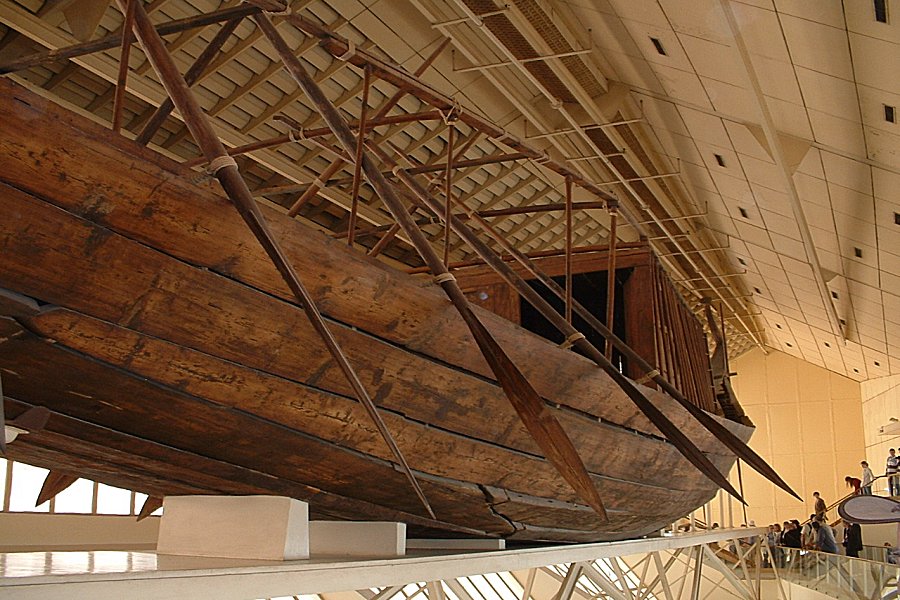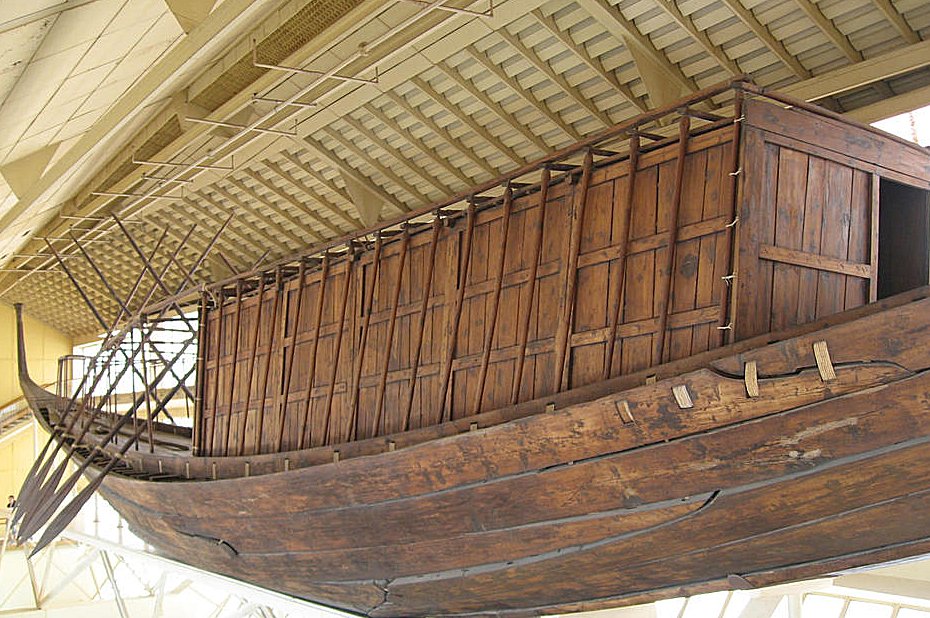Khufu Boat And Unique Boat-Building Technique Of Ancient Egyptians
A. Sutherland - AncientPages.com - More than sixty years ago, two ancient wooden boats were discovered in separate carved stone pits next to Giza's Great Pyramid in Egypt.
Until now, it is still debated over whether these boats were symbolic solar barks for the king to use in his afterlife or funeral boats used to transport Khufu’s funerary equipment to his pyramid.
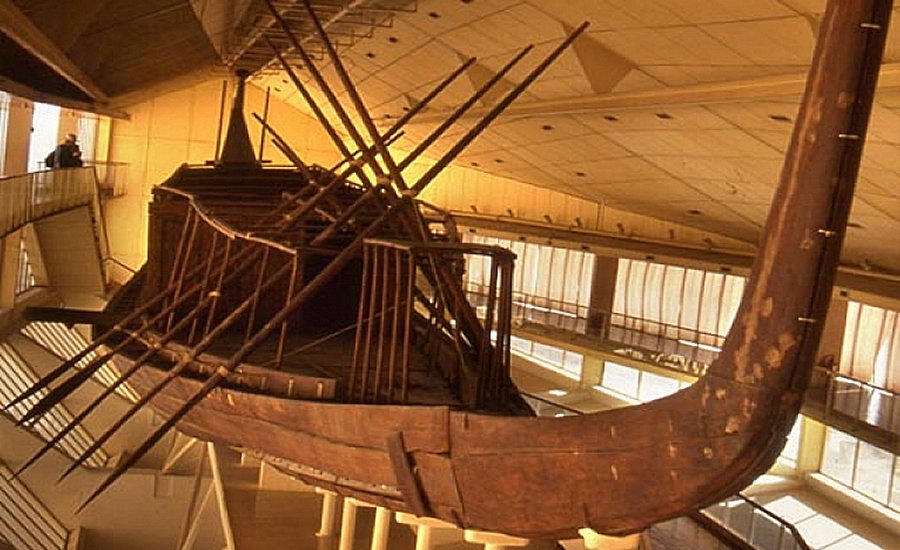
Over the years, the pharaoh’s boat was variously called as the "Khufu Boat", the "Solar Barque" or simply the Pharaoh Ship
According to some Egyptologists, the ship was a Solar Barque, a boat to carry the dead king of Egypt, resurrected and floating with the Sun-god on his eternal journey across the sky. Others proposed that it was a pilgrimage boat used by Khufu during his lifetime. In fact, archaeologists who investigated the boat's remains found evidence of rope markings clearly showing that the boat had been used in the water.
Additionally, the boat did not fit into the pit whole but had to be dismantled, which means that the stone pit was not constructed specifically for the boat.

The boat did not fit into the pit whole, but had to be dismantled first, which means that the stone pit was not constructed specifically for the boat. Image source
It seems that the Khufu Boat had nothing to do with religious use; no ritual objects or inscriptions were discovered in the pit. The dismantled boat was entombed about 2500 BC.
Over the years, the pharaoh’s boat was variously called the "Khufu Boat," the "Solar Barque," or simply the Pharaoh Ship."
Experts say it is the largest ancient royal vessel ever found in Egypt and one of the oldest planked vessels in the world. It was built for Khufu (Cheops), the second pharaoh of the Fourth Dynasty of Egypt's Old Kingdom, who was the ruler of Upper and Lower Egypt around the middle of the third millennium BC.
The earliest representations of Egyptian Nile vessels were only very simple images that date back to 4500 BC.
An important and sensational discovery came in 1991.
Researchers led by David O’Connor, then assistant curator of Egyptology at the museum of the University of Pennsylvania, discovered in the ancient city of Abydos twelve parallel burials of fifty-to sixty-foot boats dating to Dynasty I or II, that is roughly one thousand years before the Khufu Boat.
The team unearthed one of the boats, which gave evidence of an ancient Egyptian boat-building.
Interestingly, "the Abydos boats were likely used rather than built only as funerary vehicles…. They were also “sewn” like the construction of the thousand-year-later Khufu Boat…” (Gordon S. A History of the World in Sixteen Shipwrecks).
Returning to the Khufu Boat, we learn that after 13 years of painstaking reconstruction works, as many as 1224 pieces of the ship were assembled together. The boat, built of cedar trees from the mountains of Lebanon, is forty-five meters long from stem to stern and 5.9 m (19.5 ft) wide.
As a part of grave goods intended for use in the afterlife, the Khufu Boat contained no bodies, unlike northern European ship burials, for example, those of the Vikings. The Viking chiefs who held high status were given ship burial and were either burned or buried along with their ship.
Ancient Egyptians had a long boat-building tradition, but they used different techniques than the Vikings, who nailed their ships together with iron nails. The Khufu Boat and other Egyptian boats were not nailed.
Along with the puzzle-piece joggling, its builders connected neighboring planks with mortise-and-tenon joints, a kind of peg-in-hole technique. They also lashed the hull planks together with rope made from a grass called halfa. They didn't wrap the rope around or through the hull planks, which might have promoted leaks. Rather, they worked it through thousands of V-shaped channels they laboriously carved into the inside faces of planks.
It was their unique, at least 4,500 -year-long technique to build a ship. They sewed the ship together.
Written by – A. Sutherland AncientPages.com Staff Writer
Copyright © AncientPages.com All rights reserved. This material may not be published, broadcast, rewritten or redistributed in whole or part without the express written permission of AncientPages.com
Expand for referencesGordon S. A History of the World in Sixteen Shipwrecks
More From Ancient Pages
-
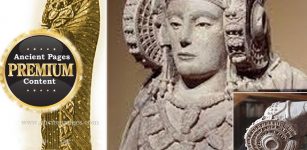 Mystery Of Lady Of Elche – Puzzling Artifact Of An Unknown Queen Or Priestess
Artifacts | May 22, 2014
Mystery Of Lady Of Elche – Puzzling Artifact Of An Unknown Queen Or Priestess
Artifacts | May 22, 2014 -
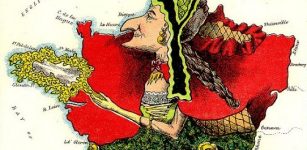 Strangest Maps Ever Created – You Have Never Seen Our World Like This!
Artifacts | Jun 25, 2014
Strangest Maps Ever Created – You Have Never Seen Our World Like This!
Artifacts | Jun 25, 2014 -
 Ancient DNA Reveals Some Northern Europeans Came From Siberia
Archaeology | May 13, 2019
Ancient DNA Reveals Some Northern Europeans Came From Siberia
Archaeology | May 13, 2019 -
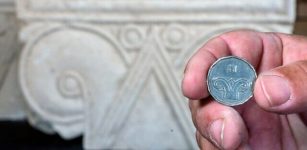 Palace From The Time Of The Kings Of Judah – Unearthed In Jerusalem
Archaeology | Sep 5, 2020
Palace From The Time Of The Kings Of Judah – Unearthed In Jerusalem
Archaeology | Sep 5, 2020 -
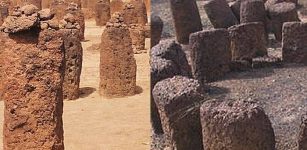 Senegambia’s Circles: Largest Cluster Of Megalithic Structures Of Lost Civilization On Earth
Featured Stories | Jan 3, 2020
Senegambia’s Circles: Largest Cluster Of Megalithic Structures Of Lost Civilization On Earth
Featured Stories | Jan 3, 2020 -
 Puzzle Of The Bull Rock Cave – Ancient Mass Grave Remains Unexplained
Featured Stories | Mar 12, 2018
Puzzle Of The Bull Rock Cave – Ancient Mass Grave Remains Unexplained
Featured Stories | Mar 12, 2018 -
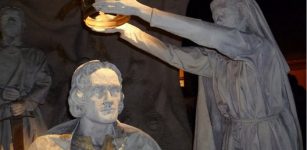 On This Day In History: Robert I, King Of Scots Known As ‘Robert The Bruce’ Was Born – On July 11, 1274
News | Jul 11, 2016
On This Day In History: Robert I, King Of Scots Known As ‘Robert The Bruce’ Was Born – On July 11, 1274
News | Jul 11, 2016 -
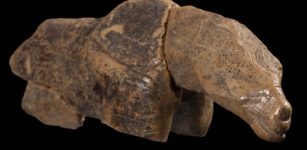 Curious Ice Age Figurine Of Unidentified Animal Species Puzzles Scientists
Archaeology | Jul 31, 2023
Curious Ice Age Figurine Of Unidentified Animal Species Puzzles Scientists
Archaeology | Jul 31, 2023 -
 Mystery Of Arthur’s Stone In UK – Solved?
Archaeology | Aug 11, 2021
Mystery Of Arthur’s Stone In UK – Solved?
Archaeology | Aug 11, 2021 -
 DNA Of 10,000-Year-Old Skeletal Remains And Kinship Of Earliest World Settlers
Archaeology | Apr 21, 2021
DNA Of 10,000-Year-Old Skeletal Remains And Kinship Of Earliest World Settlers
Archaeology | Apr 21, 2021 -
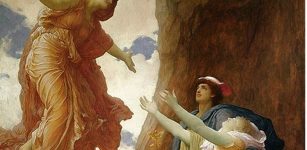 Persephone: Greek Goddess Of The Coming Spring And Lady Of The Land Of The Dead
Featured Stories | Jun 26, 2021
Persephone: Greek Goddess Of The Coming Spring And Lady Of The Land Of The Dead
Featured Stories | Jun 26, 2021 -
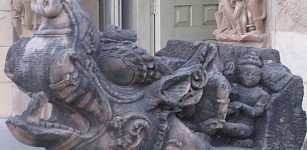 Makara – Legendary Sea-Creature With Many Incarnations In Hindu Mythology
Ancient Symbols | Feb 2, 2020
Makara – Legendary Sea-Creature With Many Incarnations In Hindu Mythology
Ancient Symbols | Feb 2, 2020 -
 Mongol Empire: Rise And Fall Of One The World’s Largest And Fearsome Empires
Featured Stories | Mar 26, 2021
Mongol Empire: Rise And Fall Of One The World’s Largest And Fearsome Empires
Featured Stories | Mar 26, 2021 -
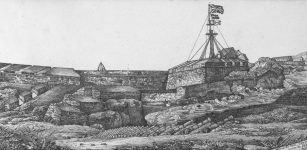 Thousands Of Cannonballs Discovered In Southern India
Archaeology | Dec 23, 2015
Thousands Of Cannonballs Discovered In Southern India
Archaeology | Dec 23, 2015 -
 Enigma Of Mount Ararat – Researchers Are Determined To Reveal The Truth To The World
Featured Stories | Jun 27, 2014
Enigma Of Mount Ararat – Researchers Are Determined To Reveal The Truth To The World
Featured Stories | Jun 27, 2014 -
 Leonardo Da Vinci Has 14 Living Male Descendants – DNA Study Reveals
Archaeology | Jul 7, 2021
Leonardo Da Vinci Has 14 Living Male Descendants – DNA Study Reveals
Archaeology | Jul 7, 2021 -
 Problems With The Age Of Man And Theory Of Evolution – What Happened In The Past?
Featured Stories | Oct 11, 2021
Problems With The Age Of Man And Theory Of Evolution – What Happened In The Past?
Featured Stories | Oct 11, 2021 -
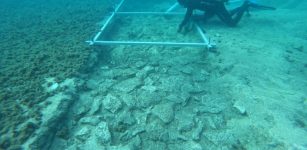 7,000-Year-Old Underwater Road Discovered In Adriatic Sea Off Korcula Island
Archaeology | May 11, 2023
7,000-Year-Old Underwater Road Discovered In Adriatic Sea Off Korcula Island
Archaeology | May 11, 2023 -
 Mysterious Ancient Danube Stone Faces And The Fish Goddess Connection
Artifacts | Dec 18, 2019
Mysterious Ancient Danube Stone Faces And The Fish Goddess Connection
Artifacts | Dec 18, 2019 -
 Etowah Indian Mounds: A Legacy Of The Ancient Mississippian Culture
Featured Stories | Oct 9, 2018
Etowah Indian Mounds: A Legacy Of The Ancient Mississippian Culture
Featured Stories | Oct 9, 2018

